Japan is a country that effortlessly blends the old and the new, the traditional and the cutting-edge. It’s a place where you can sip tea in a centuries-old teahouse in Kyoto, then hop on a bullet train and be whisked away to the neon-lit streets of Tokyo in a matter of hours. From the snow-capped mountains of Hokkaido to the tropical beaches of Okinawa, Japan offers an incredible variety of experiences that keep travelers coming back for more. It’s no wonder that millions of tourists flock to Japan every year, eager to explore its vibrant cities, indulge in its world-renowned cuisine, and soak up its rich culture.
These top 10 cities in Japan are must-visits for any tourist. Let’s dive into what makes each of these cities unique, providing a perfect blend of modernity and tradition.
1. Tokyo: The Pulsating Heart of Japan

As the capital city, Tokyo is undoubtedly the most visited city in Japan, attracting over 14 million international tourists annually. Tokyo is a sprawling metropolis where ancient shrines sit alongside towering skyscrapers. The city offers something for everyone—world-class shopping in districts like Shibuya and Shinjuku, cultural experiences at the Meiji Shrine, and culinary adventures in Tsukiji Market. Tokyo Disneyland and Tokyo DisneySea are also major draws for families.
Statistics show that over 90% of international tourists include Tokyo in their itinerary. The city’s efficient public transport system, including the famous Yamanote Line, makes it easy to navigate. If you’re a fan of anime and manga, Akihabara should be on your list. Don’t forget to visit Asakusa for a glimpse of the historic Senso-ji Temple, which dates back to the 7th century.
2. Kyoto: The Cultural Capital

Kyoto, once the capital of Japan, is often considered the cultural heart of the country. With over 50 million domestic and international visitors each year, Kyoto is famous for its well-preserved temples, traditional tea houses, and beautiful gardens. The city’s historic significance is evident in places like the Kinkaku-ji (Golden Pavilion) and Fushimi Inari Shrine, known for its thousands of red torii gates.
Kyoto’s Gion district is the place to experience the ancient art of geisha performances. In the spring, the city becomes a hotspot for hanami (cherry blossom viewing), drawing tourists from all over the world. Kyoto’s serene ambiance offers a stark contrast to Tokyo’s hustle and bustle, making it a must-visit for those seeking a more traditional Japanese experience.
3. Osaka: Japan’s Kitchen
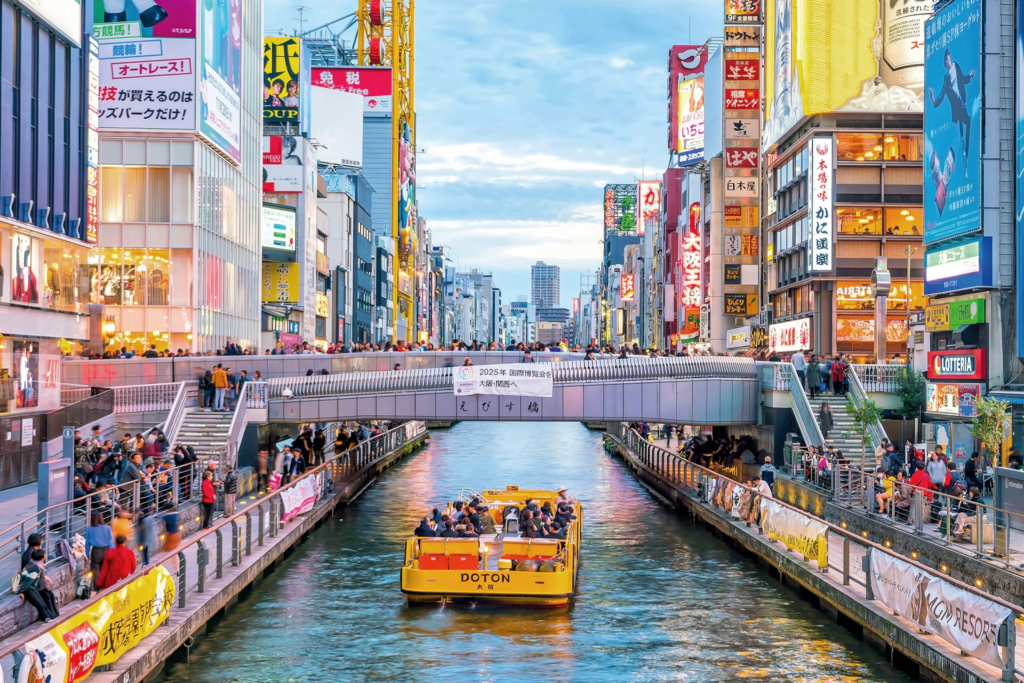
Osaka, Japan’s third-largest city, is affectionately known as “Japan’s Kitchen” due to its rich culinary history. The city is a paradise for food lovers, offering everything from street food delights like takoyaki and okonomiyaki to Michelin-starred restaurants. Osaka attracts around 11 million international visitors annually, making it one of Japan’s top tourist destinations.
Beyond its culinary offerings, Osaka is home to Universal Studios Japan, a major attraction for families and thrill-seekers alike. The city also boasts a vibrant nightlife, especially in areas like Dotonbori, where neon lights and giant billboards create a unique atmosphere. Osaka Castle, with its beautiful park, offers a slice of history amidst the modern skyline.
4. Hiroshima: A City of Peace

Hiroshima, known globally for the tragic atomic bombing during World War II, has transformed into a symbol of peace and resilience. The Hiroshima Peace Memorial Park and Museum are poignant reminders of the past and draw millions of visitors each year. The city receives about 1.2 million international tourists annually, many of whom come to pay their respects and learn about the events of 1945.
Apart from its historical significance, Hiroshima is also the gateway to Miyajima Island, famous for the Itsukushima Shrine and its “floating” torii gate. Hiroshima’s regional cuisine, especially okonomiyaki, is another highlight for visitors.
5. Nara: The Ancient Capital
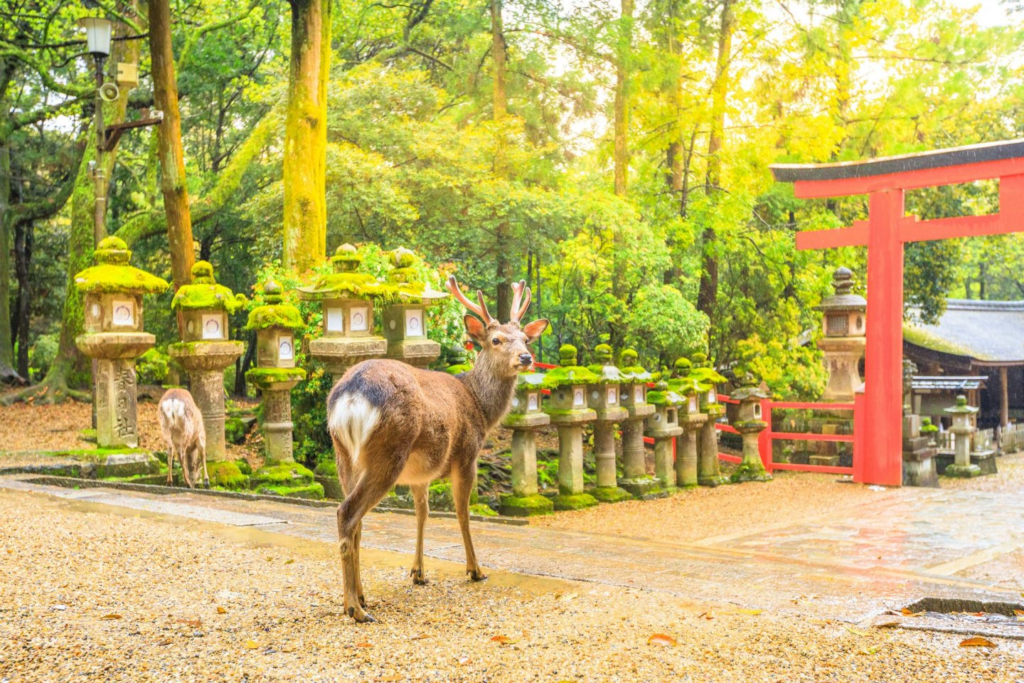
Nara, Japan’s first permanent capital, is a city rich in history and culture. Nara Park, home to over a thousand freely roaming deer, is one of the city’s most famous attractions. Visitors can interact with these sacred animals while exploring the park’s historic sites, including Todai-ji Temple, which houses the world’s largest bronze Buddha statue.
Nara attracts around 12 million visitors annually, both domestic and international. The city’s compact size makes it easy to explore on foot, allowing tourists to take in the stunning architecture, traditional neighborhoods, and lush greenery at their own pace.
6. Sapporo: Winter Wonderland
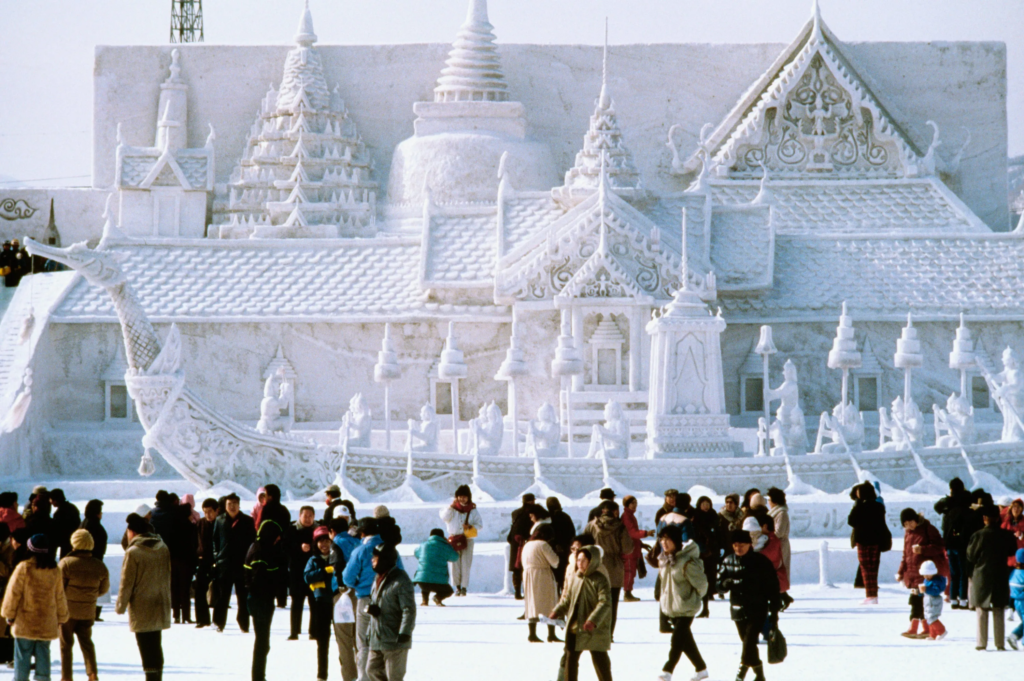
Located on Japan’s northernmost island of Hokkaido, Sapporo is a winter wonderland famous for its annual Snow Festival, which attracts over 2 million visitors each February. The festival features spectacular snow and ice sculptures, making it a unique experience for tourists.
Sapporo is also known for its beer, with the Sapporo Beer Museum offering a glimpse into the history of one of Japan’s most famous breweries. Visitors can enjoy fresh seafood, especially Hokkaido’s famous crab dishes, and explore the city’s ski resorts, which offer some of the best powder snow in the world.
7. Fukuoka: The Gateway to Asia
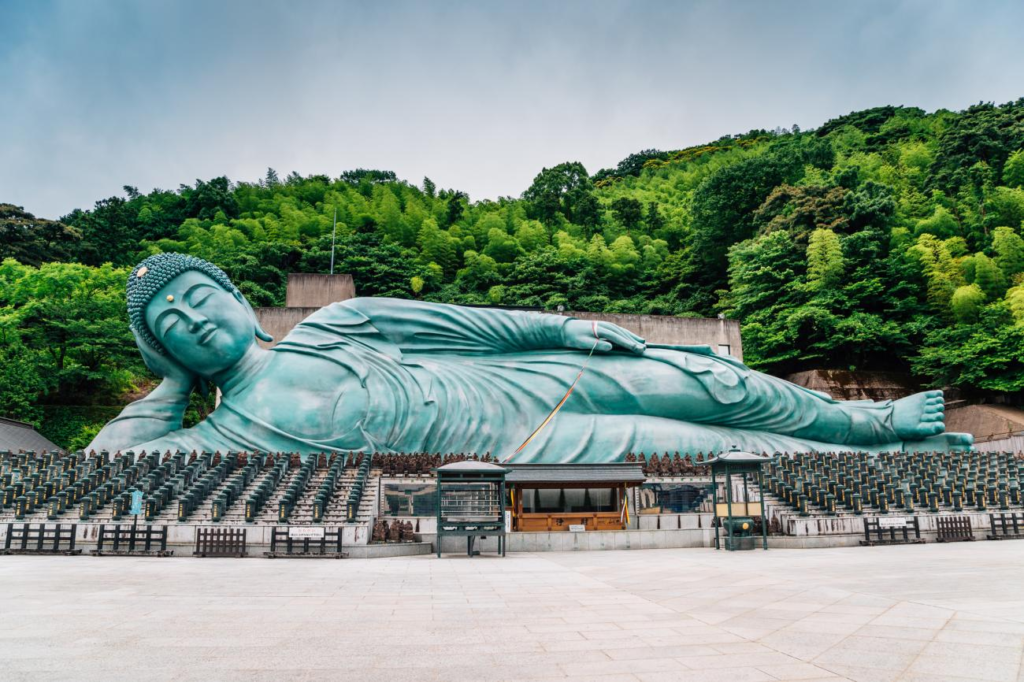
Fukuoka, located on the island of Kyushu, is known as the gateway to Asia due to its proximity to South Korea and China. The city has seen a significant increase in tourism in recent years, with around 3 million international visitors annually. Fukuoka’s attractions include its ancient temples, modern shopping complexes, and the lively Nakasu district, famous for its yatai (street food stalls).
Fukuoka also hosts the annual Hakata Gion Yamakasa festival, a 700-year-old tradition that attracts visitors from across Japan and beyond. The city’s vibrant culture, combined with its coastal location, makes it a fascinating destination for tourists.
8. Nagoya: The Industrial Powerhouse

Nagoya, Japan’s fourth-largest city, is a hub of industry and innovation. It’s home to the headquarters of major companies like Toyota, making it an essential destination for business travelers. However, Nagoya also offers plenty for leisure tourists, including the magnificent Nagoya Castle and Atsuta Shrine, one of Japan’s most important Shinto shrines.
Nagoya attracts around 2 million international visitors each year. The city is also known for its unique culinary delights, such as hitsumabushi (grilled eel) and miso katsu (pork cutlet with miso sauce). The SCMAGLEV and Railway Park is a must-visit for train enthusiasts, showcasing Japan’s cutting-edge technology in transportation.
9. Kobe: The Cosmopolitan City
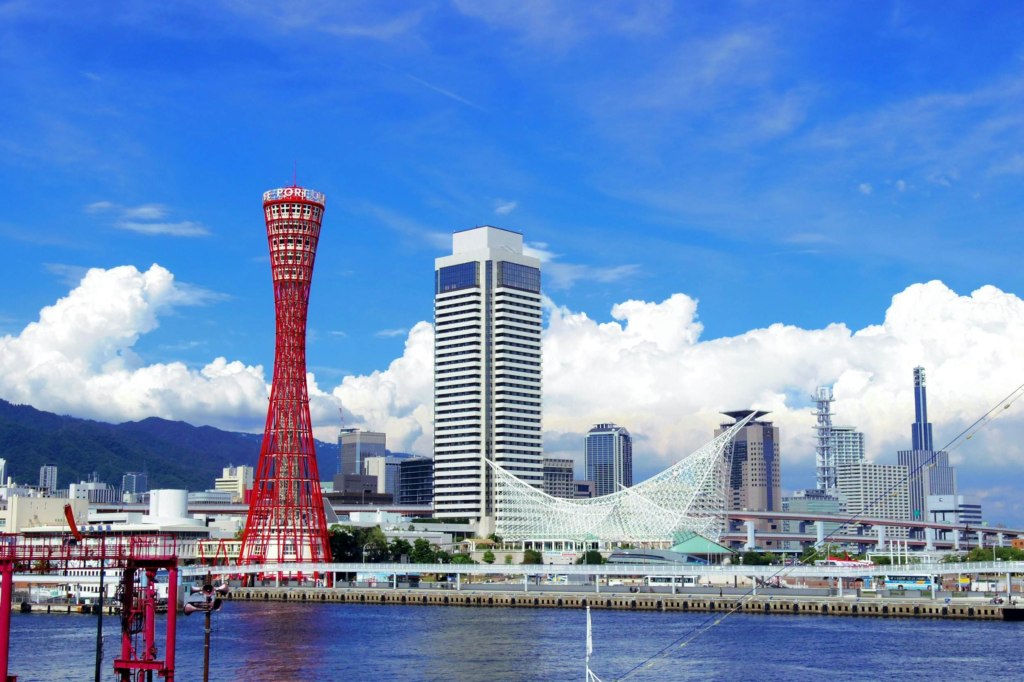
Kobe, located between the sea and the Rokko mountain range, is known for its cosmopolitan atmosphere and stunning harbor views. The city is famous for Kobe beef, one of the most luxurious meats in the world, drawing food lovers from around the globe.
Kobe’s international flavor is evident in its architecture and culture, shaped by its history as a port city. The city attracts about 1.5 million international tourists annually. Attractions include the Kobe Harborland, the Ikuta Shrine, and the historic Kitano district, known for its Western-style houses.
10. Yokohama: The Port City

Just a short train ride from Tokyo, Yokohama is Japan’s second-largest city and a popular day-trip destination for tourists. The city’s Minato Mirai area is a futuristic waterfront district with shopping malls, amusement parks, and the iconic Landmark Tower.
Yokohama attracts around 5 million international visitors annually, offering a more relaxed pace compared to Tokyo. The city is also home to Japan’s largest Chinatown, where visitors can enjoy a variety of Chinese dishes. The Cup Noodles Museum, dedicated to instant ramen, is a fun and quirky attraction that appeals to visitors of all ages.
Travel Tips for Japan
- Best Time to Visit: Japan is a year-round destination, but the best times to visit are during the spring (March to May) for cherry blossoms and autumn (September to November) for fall foliage.
- Transportation: Japan’s public transportation system is one of the best in the world. Consider getting a Japan Rail Pass if you plan to travel between cities.
- Language: English is not widely spoken outside major cities, so it’s helpful to learn a few basic Japanese phrases.
- Accommodation: Japan offers a wide range of accommodations, from traditional ryokan inns to modern hotels. Book early, especially during peak travel seasons.
- Etiquette: Japanese culture places a strong emphasis on respect and politeness. Familiarize yourself with local customs, such as removing your shoes before entering someone’s home or certain traditional accommodations.
With its blend of ancient traditions and modern marvels, Japan offers something for every traveler. Whether you’re exploring the bustling streets of Tokyo or the serene temples of Kyoto, these cities provide unforgettable experiences that showcase the rich diversity of this incredible country.
Read more Top 10 Foods Must-Try in Japan










